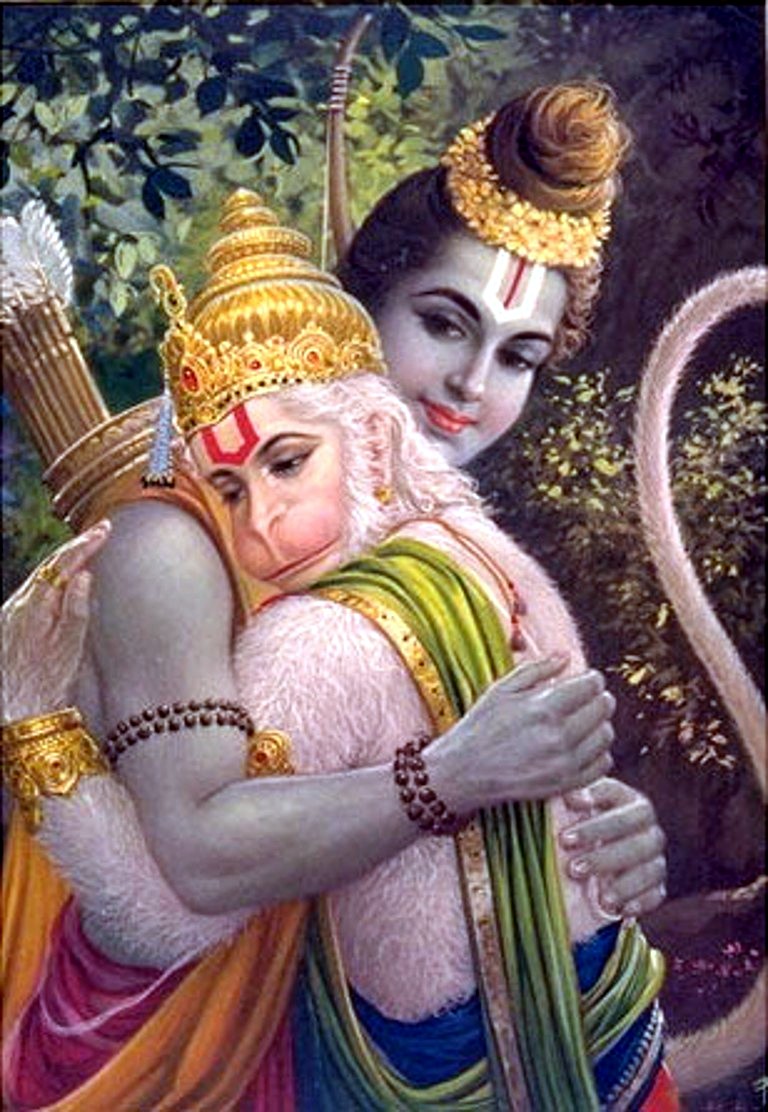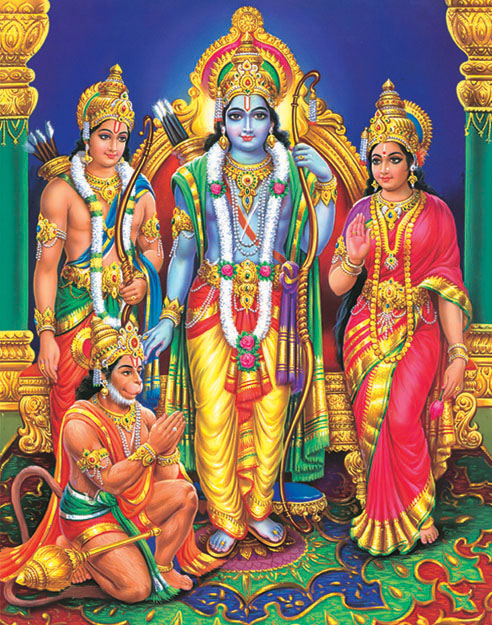The Nine Processes of Devotional Service
The Nine Processes of Devotional Service are described by Prahlada Maharaja in the 7th Canto of the Srimad Bhagavatam, chapter 5, text 24-25. The great personalities who attained perfection by practice of the nine processes are listed below, followed by the complete text and purport, describing in full these nine processes. If I am not mistaken, this purport to text 24-25 from the seventh canto, chapter five, is one of the longest in the entire Srimad Bhagavatam. Stressing the importance of the verse.
Prahlāda Mahārāja said: Hearing and chanting about the transcendental holy name, form, qualities, paraphernalia and pastimes of Lord Viṣṇu, remembering them, serving the lotus feet of the Lord, offering the Lord respectful worship with sixteen types of paraphernalia, offering prayers to the Lord, becoming His servant, considering the Lord one’s best friend, and surrendering everything unto Him (in other words, serving Him with the body, mind and words)—these nine processes are accepted as pure devotional service. One who has dedicated his life to the service of Kṛṣṇa through these nine methods should be understood to be the most learned person, for he has acquired complete knowledge. (SB 7.5.24-25)
- HEARING (sravanam)
Maharaja Pariksit(the last seven days of his life, he constantly heard the Srimad Bhagavatam). - CHANTING (kirtanam)
Sukadeva Goswami(spoke the Bhagavatam to Maharaja Pariksit) - REMEMBERING (visnu smaranam)
Prahlada Maharaja(never forgot Krsna despite constant tortures from his father- Hiranyakashipu) - SERVING THE LORD’S LOTUS FEET (pada sevanam)
Laxmi, the Goddess of Fortune, is always engaged in serving the lotus feet of the Lord. - DEITY-WORSHIP (arcanam)
Maharaja Prthu used all of his royal possessions in order to offer them in pure devotion to the Lord. - PRAYING (vandanam)
Akura offered prayers to Krsna when he was traveling to Vrndavana in order to see Krsna. - EXECUTING ORDERS (dasyam)
Hanuman, the intimate servant of Ramacandra executed all of Sri Ramacandra’s orders despite all kinds of difficulties. - SERVING AS A FRIEND (sakhyam)
Arjuna was so close to Krsna, that the Lord offered Himself to become his chariot driver and serve Arjuna and his brothers in various ways. - COMPLETE SURRENDER (atma nivedanam)
Bali Maharaja gave Sri Vamanadeva his entire kingdom, his possessions as well as his own body, although his own spiritual master was against it.
All these great devotees served the Lord according to a particular process, but every one of them attained salvation and became eligible to return home, back to Godhead
Full Text and purport follows
Continue reading
